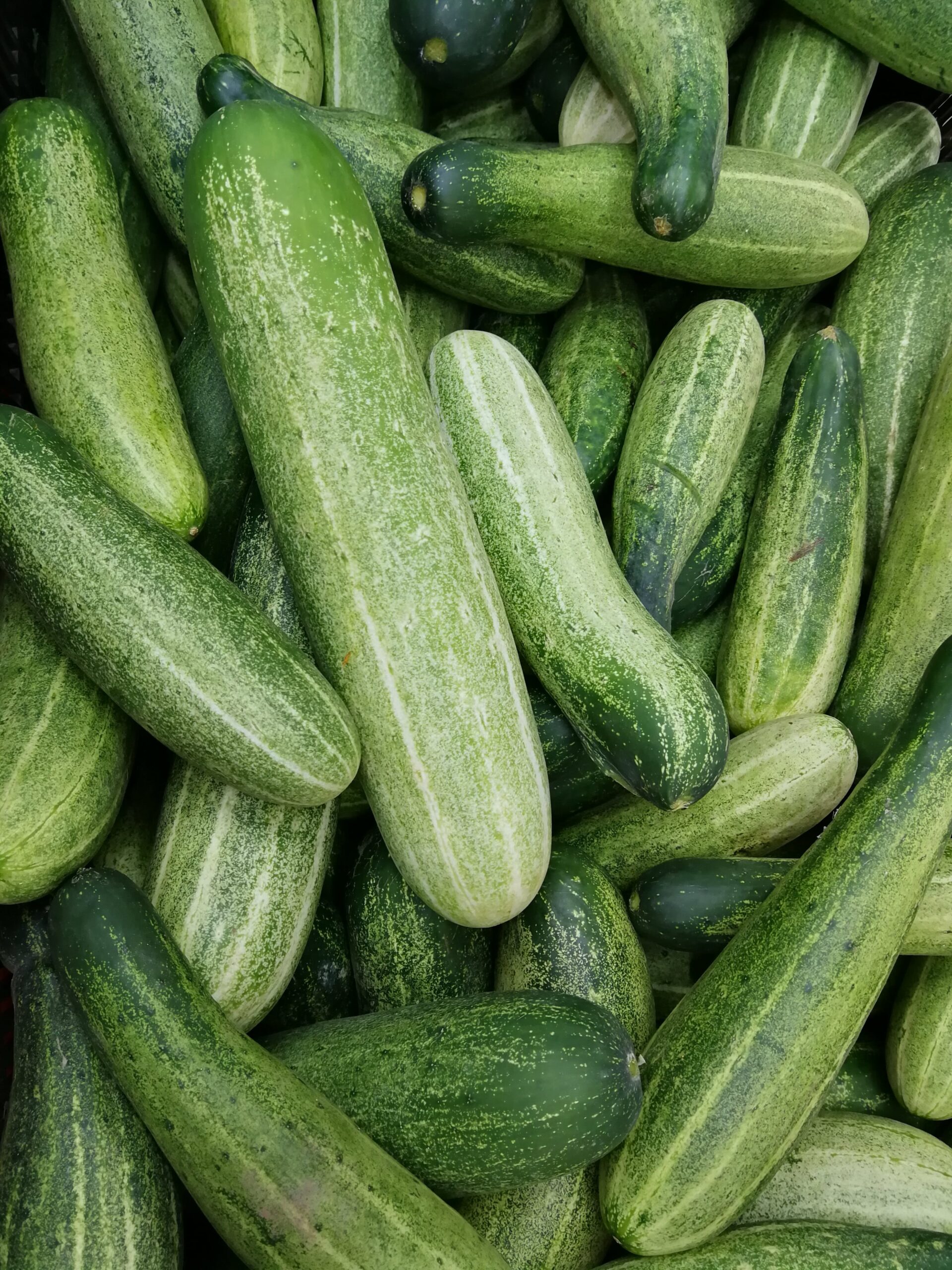Weight Equivalents: Cucumber
Cucumbers probably originated in India from 3000 to 5000 years ago. They were spread into Greece, Italy (and the Roman Empire), and China, Cucumbers are present in many cuisines and are eaten raw. grilled, in salads, stuffed, fried, preserved, as pickles…. How much does a cucumber weigh? Cucumber, Common Small, average about … Read more
